Introduction:
Great Basin National Park, located in Nevada, is a hidden gem boasting a diverse landscape that includes majestic mountain ranges, ancient bristlecone pine forests, and mesmerizing Lehman Caves. Each season brings its unique charm, offering a variety of experiences to visitors. In this visitor’s guide, we will delve into the weather conditions, activities, and wildlife for each season in Great Basin National Park, ensuring you have all the information you need to plan your visit.
Spring Weather in Great Basin National Park
As the snow begins to melt and temperatures rise, spring emerges in the park. This season generally extends from late March to May, with daytime temperatures ranging from the 50s to the high 70s°F. Nighttime temperatures, however, can still drop below freezing, especially at higher elevations.
Precipitation is relatively moderate during spring, with occasional rain and snow showers. This season is characterized by rapidly changing weather, so it’s essential to be prepared for various conditions when venturing outdoors.
Spring activities in Great Basin National Park include hiking, birdwatching, and photography. Lower elevation trails become accessible, offering pleasant hikes with stunning wildflower displays. Migratory birds return to the park, making it a great time for birdwatching enthusiasts. Lehman Caves remains open throughout the year, offering guided tours for visitors.
Camping in spring is a delightful experience, with Wheeler Peak Campground and Lower Lehman Creek Campground opening as the snow recedes. Campsites may be limited due to seasonal maintenance, so it’s a good idea to check for updates on the park’s website.
Wildlife sightings are common during spring, with animals such as mule deer, jackrabbits, and various bird species becoming more active.
Summer Weather in Great Basin National Park
Summer, extending from June to August, brings warmer temperatures and longer days to the park. Daytime highs often reach the 80s and 90s°F in the valleys, while mountainous regions remain cooler. Thunderstorms are frequent in the afternoons, so it’s crucial to keep an eye on the weather when planning outdoor activities.
The summer season is perfect for exploring the park’s higher elevations and alpine lakes. Hiking and backpacking opportunities abound, with trails like the Bristlecone Pine and Glacier Trail becoming more accessible. Stargazing is also a popular summer activity, thanks to the park’s clear skies and limited light pollution.
Summer is the busiest time for camping in Great Basin National Park, with all campgrounds typically open. It’s recommended to arrive early or make reservations for campgrounds like Grey Cliffs and Baker Creek, as they tend to fill up quickly.
Wildlife activity peaks during summer, with an abundance of animals such as marmots, pikas, and elk roaming the park. Visitors might also spot raptors like golden eagles and red-tailed hawks soaring above.
Fall Weather in Great Basin National Park
Fall, lasting from September to November, offers a pleasant respite from summer’s heat. Daytime temperatures range from the 60s to the 80s°F, gradually cooling as the season progresses. Nighttime temperatures can dip below freezing, especially at higher elevations. Precipitation is relatively low during fall, but early snowfall is possible in the mountains.
The fall season brings an array of colors to the park, with aspen trees displaying vibrant hues of yellow, orange, and red. Hiking and photography are popular activities, as the park’s landscape transforms into a tapestry of autumnal splendor.
Camping during fall can be a peaceful experience, with fewer visitors in the park. Some campgrounds may close or have reduced services as the season progresses, so it’s essential to check for updates before your visit. Wheeler Peak Campground typically remains open until mid-October, while Lower Lehman Creek Campground stays open year-round.
Wildlife sightings are common during fall, as animals prepare for the winter months. Visitors might spot deer, elk, and various bird species foraging for food. This season is also an excellent opportunity to witness the park’s raptors, such as hawks and eagles, during their migration.
Winter Weather in Great Basin National Park
Winter, spanning from December to February, brings cold temperatures and snow to the park. Daytime highs can range from the 30s to the 40s°F, with nighttime temperatures often dipping well below freezing. Snowfall is common, especially at higher elevations, creating a stunning winter wonderland.
Activities during winter include snowshoeing, cross-country skiing, and photography. While many of the park’s trails may be covered in snow, visitors can still access the Lehman Caves for guided tours. Be aware that some park facilities and roads may be closed or have reduced hours during winter, so it’s essential to plan ahead.
Camping in winter is limited to Lower Lehman Creek Campground, which remains open year-round but offers no running water or services. Winter camping can be a serene and unique experience, but it’s crucial to be prepared for cold temperatures and potential snowfall.
Winter is a quiet time for wildlife in Great Basin National Park, with many animals hibernating or migrating to warmer areas. However, visitors might still encounter mule deer, porcupines, and various bird species that remain active throughout the winter months.
Conclusion:
Each season in Great Basin National Park offers a unique experience, with diverse weather conditions, activities, and wildlife sightings. Whether you’re captivated by the beauty of spring wildflowers, summer’s endless hiking opportunities, the stunning colors of fall, or the serene snow-covered landscapes of winter, there’s always something to discover and enjoy. By understanding the park’s seasonal variations, you can plan the perfect visit and make the most of your time in this incredible destination.

